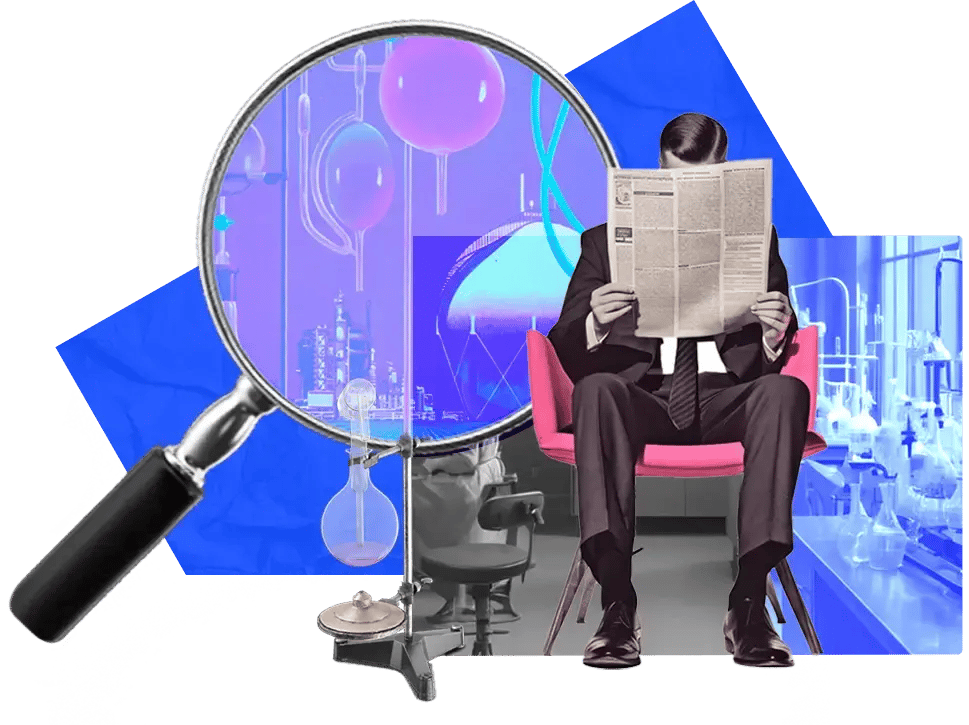 Product Development
Product Development
ITONICS INNOVATION BLOG
Let's talk innovation
Inspiring insights and best practices on innovation management, foresight, and strategy.

 Product Development
Product Development
 Innovation
Innovation
RFP Template for R&D and Product Development Software: 26 Core Q&As
03 Dec 25 | 18 mins read
 Product Development
Product Development
Product Development Methods: 8 Emerging Trends to Know in 2026
02 Dec 25 | 21 mins read
 Innovation
Innovation
Weak Signals to Opportunity: 6 Advances in Automated Horizon Scanning
01 Dec 25 | 10 mins read
/venture-clienting-for-dual-use-startups-guidelines-full.webp??&width=900&height=450&name=venture-clienting-for-dual-use-startups-guidelines-full.webp) Innovation
Innovation
Operationalizing Venture Clienting: A Framework for Dual-Use Startups
25 Nov 25 | 15 mins read
/venture-clienting-for-dual-use-startups-framework-full.webp??&width=900&height=450&name=venture-clienting-for-dual-use-startups-framework-full.webp) Innovation
Innovation
Venture Clienting for Dual-Use Startups: Evidence Before Equity
19 Nov 25 | 16 mins read
 R&D and Tech
R&D and Tech
Partner Program Guide: Preventing the $50M Partnership Tax in Pharma
17 Nov 25 | 18 mins read
 Innovation
Innovation
Startup Relationship Management Explained
17 Nov 25 | 19 mins read
 R&D and Tech
R&D and Tech
7 Lessons from AI-Native Pharma Startups Achieving 10x R&D Efficiency
11 Nov 25 | 30 mins read